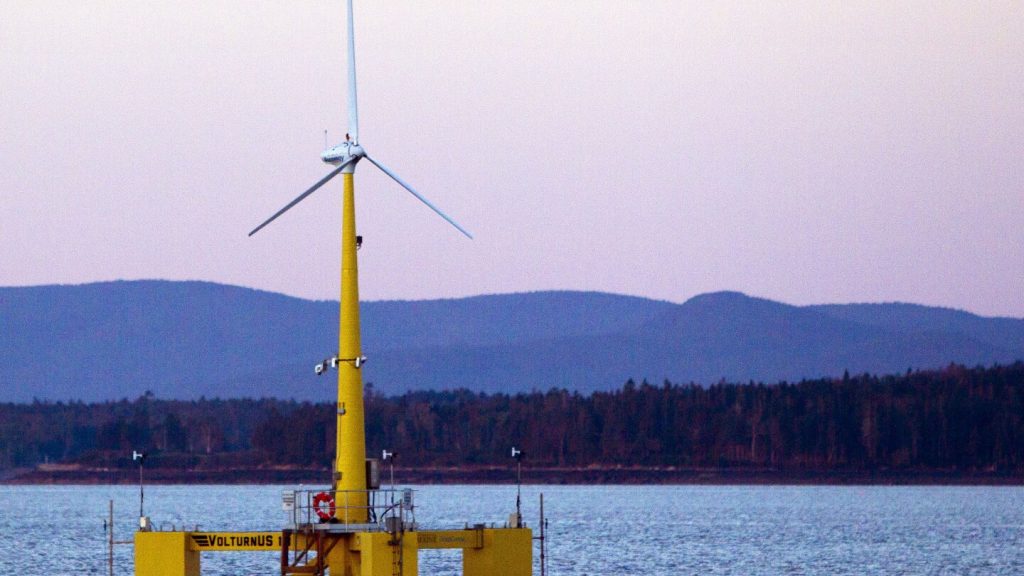As the world races to improve floating wind turbines for offshore use, the University of Maine recently conducted a demonstration featuring a 13-foot-tall floating wind turbine in an indoor pool. The aim of this demonstration was to ensure that the turbine can withstand powerful water and wind conditions when deployed in the ocean. The university envisions turbine platforms floating in the ocean, beyond the horizon, stretching over 700 feet skyward and anchored with mooring lines. These turbines are considered to be some of the largest moving structures created by humankind.
Floating wind turbines are seen as a solution to address climate change by transitioning away from burning fossil fuels. They are the only option for capturing offshore wind energy on a large scale in countries and states where traditional turbines cannot be installed due to deep ocean waters. In the United States alone, there is vast wind energy potential over ocean waters, enough to power millions of homes. The first floating wind farm began operating off Scotland’s coast in 2017, and the Department of Interior in the U.S. has proposed floating wind energy auctions for the Gulf of Maine.
The University of Maine is a leader in the field of floating offshore wind technology, with a team of engineers dedicated to advancing the technology. Other major players in the industry include Equinor, Principle Power, and SBM Offshore. While floating offshore wind is still a developing industry, making it expensive, companies like Gazelle Wind Power are working on cost-effective modular platforms. UMaine’s research has shown the significant wind energy potential in the Gulf of Maine, which could meet the energy needs of the state. Efforts are being made to ensure that wind farms are good neighbors to fishermen, recreational boaters, the military, and marine life.
The advancement of floating wind turbines benefits from work done by the oil industry in engineering floating oil and gas rigs. UMaine’s wind wave basin, which can mimic ocean conditions up to a 500-year storm, is a valuable tool for testing floating turbine technology. The goal is to have industrial scale turbines of 15 to 20 megawatts each, which would be larger and more efficient, thereby reducing construction, installation, and maintenance costs. The platforms developed by UMaine can be constructed using locally available materials like concrete, making them accessible for widespread use.
While the industry is still in its early stages, with some companies facing challenges and setbacks, there is optimism about the potential for floating offshore wind to become a significant source of renewable energy. The focus is on solving problems, ensuring that wind farms are economically viable and sustainable, and addressing any concerns from stakeholders. With ongoing research and development, the future looks promising for the growth of floating offshore wind technology as a key contributor to the global transition towards clean energy.


